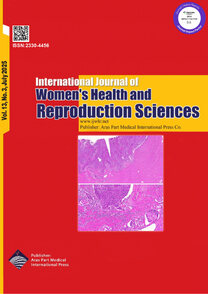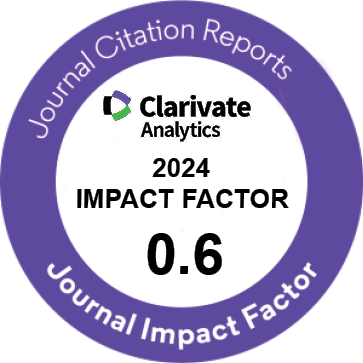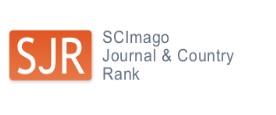| Original Article | |
| Cesarean Section Rate in a Sample of Primigravida Women in the Public Maternity Hospital in Erbil City, Iraq | |
| Shahla Mehedi1, Jawad Al-Diwan2, Tariq Al-Hadithi3 | |
| 1Directorate of Health, Mosul, Iraq 2Baghdad University, Community Medicine, Baghdad, Iraq 3Hawler Medical University, Community Medicine, Erbil, Iraq |
|
|
IJWHR 2018; 6: 150-153 DOI: 10.15296/ijwhr.2018.25 Viewed : 5239 times Downloaded : 5453 times. Keywords : Cesarean section, Primigravida, Infertility, Singleton pregnancy, Erbil |
|
| Full Text(PDF) | Related Articles | |
| Abstract | |
Objectives: The worldwide rise in the cesarean section rates might be associated with maternal factors and health care services. This study aimed to measure the rate of cesarean section in a sample of primigravida women and find out the association of the cesarean section rate with the socio-demographic characteristics of pregnant women, pregnancy risk factors, and the utilization of antenatal care services. Materials and Methods: A cross-sectional study was carried out from the 1st of July, 2015 to 30th of June, 2016. The study sample included 400 primigravida women with singleton pregnancy at the labor room of Erbil Maternity Teaching Hospital. A specially designed questionnaire was used for data collection. Chi-square test and Fishers exact test were used for statistical analyses. Results: The rate of cesarean section in the primigravida women was 30%. Caesarean section was significantly associated with the increasing maternal age (P < 0.001) and the history of treatment for infertility (P = 0.027). The cesarean section rates had a statistically significant (P < 0.001) strong positive correlation (r = 0.84) with the maternal age and a significant (P < 0.001) weak positive correlation (r = 0.005) with the gestational age. Conclusions: The cesarean section rate in the primigravida women was much higher than the ?ideal rate? recommended by the World Health Organization (WHO). Efforts should be undertaken to reduce the rate of cesarean delivery as recommended by the WHO. |
Cite By, Google Scholar
Online Submission System
 IJWHR ENDNOTE ® Style
IJWHR ENDNOTE ® Style
 Tutorials
Tutorials
 Publication Charge
Women's Reproductive Health Research Center
About Journal
Publication Charge
Women's Reproductive Health Research Center
About Journal
Aras Part Medical International Press Editor-in-Chief
Arash Khaki
Mertihan Kurdoglu Deputy Editor
Zafer Akan






















